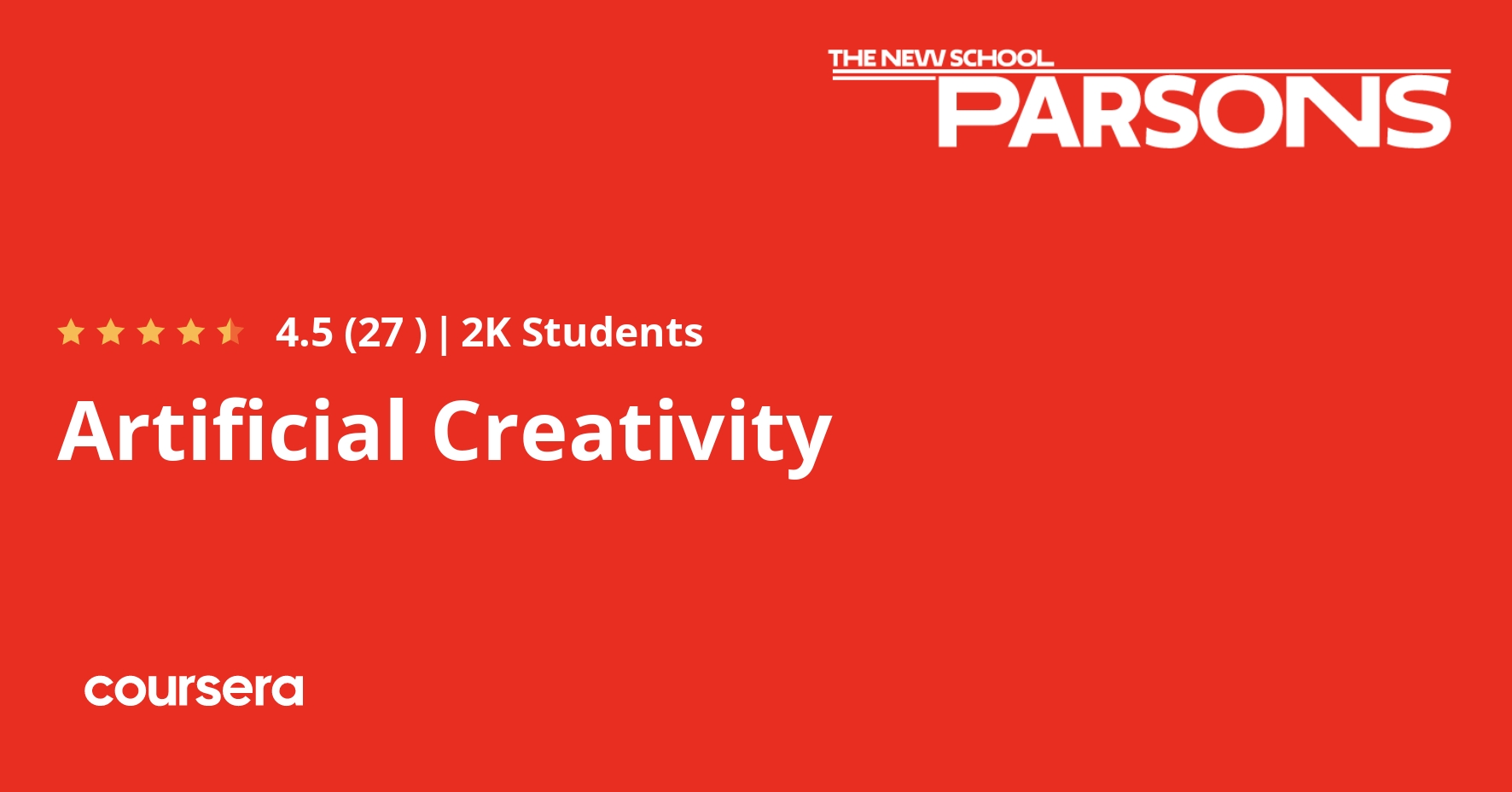Description
Artificial Creativity explores the emerging field of creativity in artificial intelligence (AI) from a design perspective, bringing together insights from computer science and creative disciplines. In this course, you will survey the history and theories behind today’s creative AI, analyze the unorthodox approaches that have advanced the field, and experience cutting-edge creative AI tools. At the same time, you will learn design thinking research methods, how to implement them for your creative insights, and how to translate them to professional and business contexts. Throughout the course, you will step away from your computer to conduct design research, applying the techniques and theories you learn each week to a topic of your choice. You will also engage with other learners through discussions while challenging and expanding your understanding of creativity.
What you will learn
Can Machines Be Creative?
In this module, you will learn what to expect throughout this course, explore machine creativity, and start your first design research observation.
The Poetical Science of AI
In this module, you will learn about the multidisciplinary beginnings of Artificial Creativity, identify the Turing Test, define intelligence, experiment with multiple GPT-2s, and conduct design research analysis.
Advanced Theories and Techniques Behind Artificial Creativity: Part I
In this module, you will learn about what informed the symbolic approach to AI, how the symbolic approach can be used for creative projects, how to conduct a model simulation, and how to conduct a design research interview.
How to Make Things Creative II
In this module, you will learn about theories on the subsymbolic approach to AI, how to use the subsymbolic approach in a creative project, how to conduct an AI-based creative experiment, and how to conduct design research ideation.








